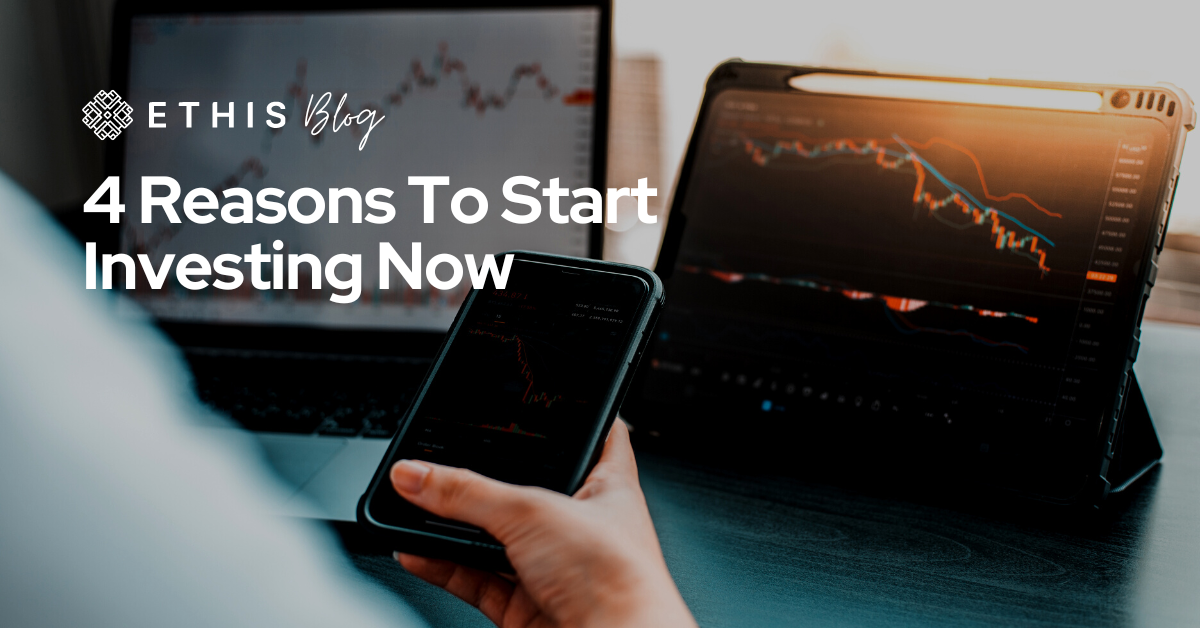
Have you ever been in doubt about your own capabilities to manage your investments? Do you sometimes think that there should be a better and more efficient way to invest in short- and long-term investments? Don’t fret, these feelings are normal when you have recently shown interest in being a retail investor. Certainly, there are things best left up to pros, but when it comes to your own investments, it is best to learn, understand and experience it yourself. You are the one who is the most concerned about the performance of your investments, after all.
If you are a total beginner in regards to investing, do have a read through our educational series first.
Do your research before invest
There are different types of investments available in the market so don’t be quick to jump on a trend or speculations on the internet, but rather find out the truth for yourself via a credible source.
Start from the basics: understand what the investment is all about. If you plan on investing in stocks, for example, find out which company is offering the stocks, which industry it resides in, how the company makes its money etc.
Next, dive in deeper and read about its history and how it fared in the previous economic recession, how it has performed over the last year and its past returns. Additionally, find out more about the stocks by reading the company’s financial report, which can be easily found on their websites as they are required to submit annual reports as publicly-listed companies.
Researching, reading and compiling first-hand information regularly will help you make better informed decisions and give you a higher sense of accountability so that you can better keep track of your investments.
In addition, conducting research on your own can help you better understand the regular changes within the investment landscape, something which may be lost on you if you rely on others to do the legwork. Doing your own research may also increase your self-confidence as a first-time investor. We also have other related articles on our website, click here if you wish to get started.
By doing your own research, you may also shield yourself from being manipulated by unscrupulous individuals who are there to take advantage of clueless beginner investors and cheat them out of their hard-earned money. Such behaviours are extremely prevalent now, especially after the pandemic, where many people have gotten desperate due to reduced income, job loss and the overall dwindling economy.
Now, there are many get-rich schemes or unsolicited advice from so-called investment ‘gurus’ preying on people’s ignorance and desperation to sell them expensive online courses with exaggerated promises that the course will help them with their financial situation.
Form an investment strategy


As an investor, you need to have an investment strategy. There are many strategies utilised by different investors that can be found in books or on the internet.
Here are some that we know, but the strategies are not limited to only these:
First: Passive and active strategy, which is mostly used in the context of liquid investments, such as stocks. Active strategy operates on the basis of frequent stock trading in hopes of outperforming the market. Passive strategies are less risky and there is less involvement from investors who see the volatility of the market.
Second: Growth investing where investors utilising this method are focused on the value of an investment within their portfolio. Investors following this strategy will hold onto the investment depending on how long it takes for the investment to gain this value, and sell the stocks accordingly.
Third: Income investing. Some investors invest for the sake of obtaining steady income using the income investing strategy. This strategy leads investors to invest in bonds with high cash income rather than investments with high dividends.



Fourth: Dividend growth investing. Dividend growth investment strategy is the opposite of income investing strategy. By investing in investments with high dividend growth, this ensures a compounding effect in the long term.
Fifth: Diversified strategy. A diversified investment strategy means having a portfolio that includes different types of investments, such as investments from different asset classes (E.g.: stocks, bonds, real estate etc.). It is also important to invest in different companies in different industries and geographical areas. These factors allow for a variety of investments to help reduce risks in your portfolio.
When using any kind of investment strategy, it is also best to balance your investments based on your risk profile, which means to balance your risk vs reward capability and to proceed accordingly.
Manage your portfolio


An investment portfolio is the combination of different financial investments and assets that you wish to invest in. After choosing the investment strategy and the different types of investments that you understand, it is now time to manage it.
The management of your investment portfolio depends on the different investment asset types it contains, which, due to the differences in its growth and maturity, would cause changes in the investment weightage. This means that the percentage ratio of an asset, i.e.: stocks may increase due to its growth, causing an excess in your investment portfolio.
In order to maintain the same initial portfolio risk level, the excess in stocks will have to be sold off so that the stock investment ratio will return back to normal.
Different investment assets in your portfolio will grow and shrink accordingly as the value fluctuates. Hence, it is important to keep an eye on your portfolio at least once or twice a year to make the necessary corrections.
Measure the performance of the investment strategy


After settling your investment strategy, you should review the performance of your portfolio from time to time. Through observation, you can understand the effectiveness of the investment strategy by its performance.
Any changes to the investment strategy can also be executed in time if the performance of the portfolio did not meet expectations based on certain factors: risk profile, investment duration, investment purpose etc. This will ensure less time and effort are wasted with the wrong strategy.
Start investing now, it’s never too early to invest
Last but not least: invest early. This is the most important factor within this list. As the proverb goes: experience is the best teacher. The earlier you start investing, the more experience that you will gain.
In addition, time is also a success element that you cannot afford to lose, because investments tend to have a compounding effect based on time, so it is best to start early to give your investments time to grow and to see higher returns.
Read more about How Inflation Impacts The Value of Your Money





Top Posts
Islamic P2P Crowdfunding Explained
How to Earn Halal Money? The Money Mindset
Halal Investments for Singapore Muslims? It’s time for a shake-up in the Islamic Investments scene.
Smart investment for making Halal money
3 Reasons Why Property Crowdfunding is the Smart Investment for You